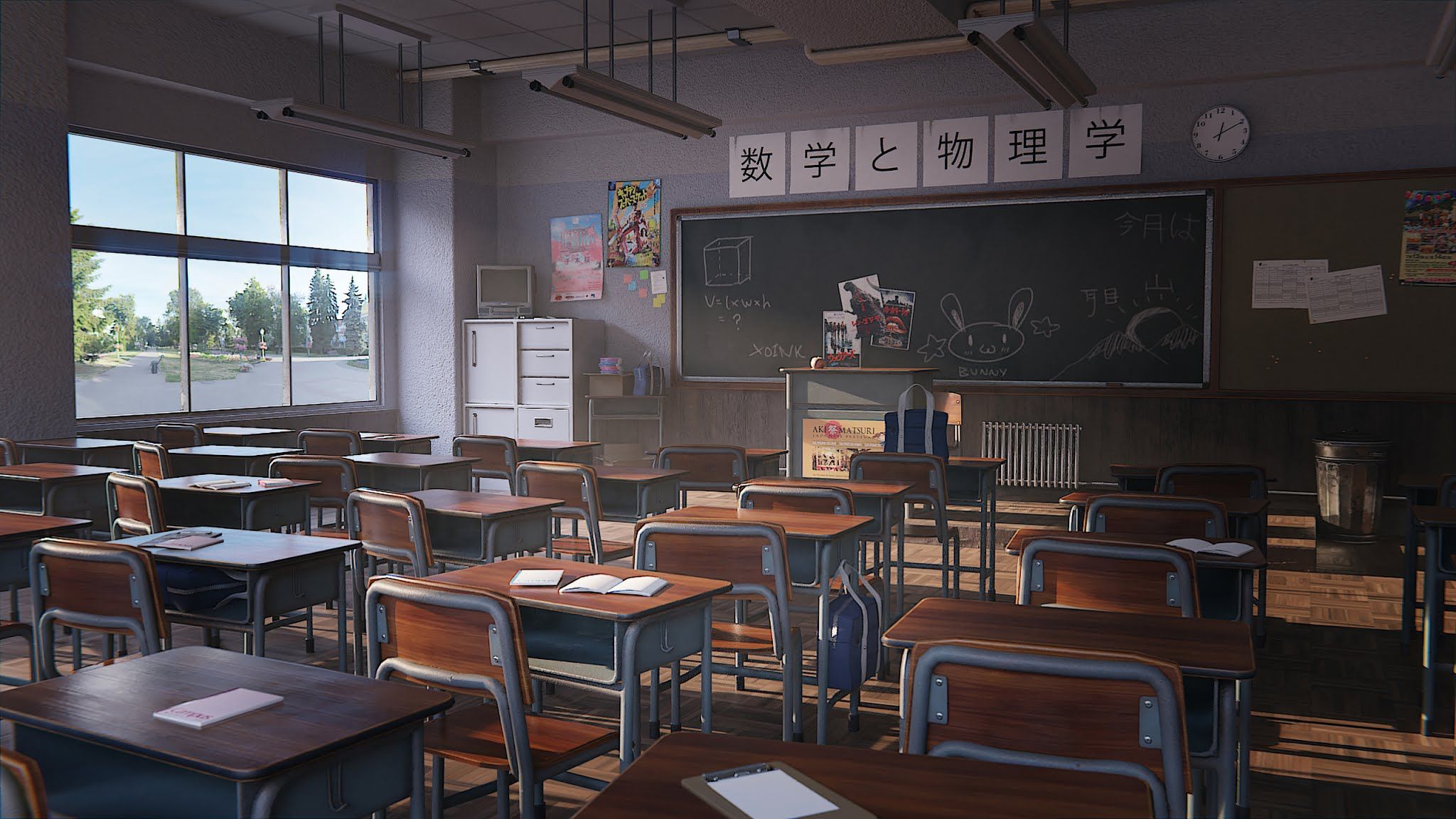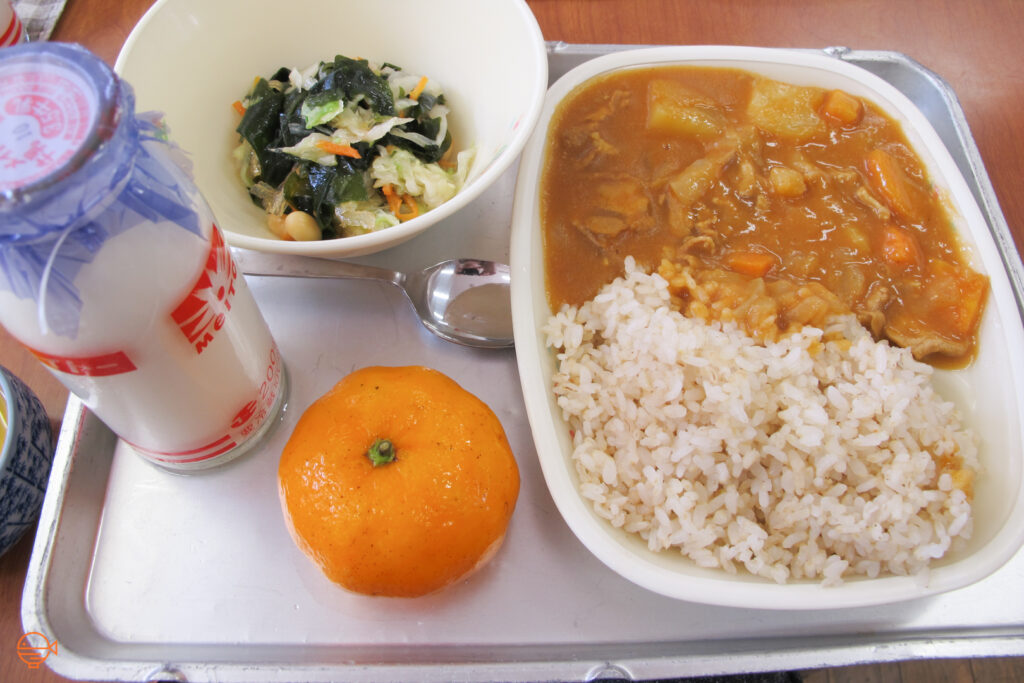
“What make’s Japanese street fashion stand out is not because it is strange, but because it is unique.”
~ Enzo
The Japanese way.
During the period of Japan’s substantial economic growth in the 60s, the Japanese were manufacturing many attires that were inspired and influenced by Western fashion. One of those styles were street fashion, and was eventually brought inside of Japan by European traders during the Meiji Restoration. Around that time, it had also developed itself into Japan’s unique culture with the term Yōfuku (literally, western clothing) and adapted a variety of outfits that helped it popularize throughout the country. Western trade resulted in new materials and techniques such as wool or synthetic dyes, this led the Japanese to slowly change their styles into more of a modern look. Accordingly, western formalwear was not integrated immediately, however as the country had opened itself to more trade, many officers in the Japanese army started to adopt uniforms since it was more suitable and practical. Many of which only applied to men and less on women that continued wearing kimonos but acquired some western accessories. This major acceptance of western clothing in the beginning of the 20th century sought a mass production of cloth, silk threads, and wool industries, as a result, street fashion in the early 50s is now part of Japanese attire subculture, including the popular Harajuku fashion that you see today in fashion magazines or media.
Section 2 :
What is your opinion on Harajuku Fashion? Do you think these styles could be popular in Canada?
I like the idea of using fashion to express your emotions and feelings. The variety of clothing represents the different perspectives of others. However, I do think that this type fashion may not be popular in Canada, as Canada has a more conservative taste on fashion. People usually only follow trends and stick to what is considered the norm.
Which type of Harajuku fashion did you like best? Why?
The Bosozokus definitely had the coolest fashion, just loved the cool way it looked in the early stages of Harajuku fashion. Just ignoring the fact that the fashion is associated with the former biker gangs of Japan, yet I do find it impressive that these organize crime do have a sense of style.
Japan is a country that values conformity, so why is Harajuku so popular amongst younger generation?
During the early stages of the Lost Decades of Japan, there was an official national branding known as “Cool Japan’, where it became a movement to express Japan internationally with the new generational culture. One of them brought the Harajuku Fashion incorporating the kawaii culture we see today.
How important is fashion to you? What influences your fashion?
I’m definitely a fashion person but I don’t go on with the trendiest outfits, as fashion tends to be really quick and changes in the ocassion. I like sticking with things that are valued even after a long period of time, so what I consider major influences for me is “timeless” fashion.
Do you like your fashion style? Would you like anything to change?
I currently do like my fashion style at the moment, I don’t feel like changing it. I like the current me.
References:
- “Japanese Street Fashion.” Wikipedia, https://en.wikipedia.org/w/index.php?title=Japanese_street_fashion&oldid=1195607153
- “Fruits (Magazine).” Wikipedia, 27 Oct. 2023. https://en.wikipedia.org/w/index.php?title=Fruits_(magazine)&oldid=1182102359
Youtube Links: - I-D Meets: Tokyo’s Genderless Youth. https://www.youtube.com/watch?v=NrYJE1sFVd8
- What Harajuku Girls Really Look Like | Style Out There | Refinery29. https://www.youtube.com/watch?v=WblNctc3ys0
- 【SNAP】若者は服にいくら使ってる? 下北沢ストリートスナップ【ファッション】 https://www.youtube.com/watch?v=HTxUDACeMmg
- What Are People Wearing in Tokyo, Japan? (Part 3). https://www.youtube.com/watch?v=eeaMKFs5gM8







